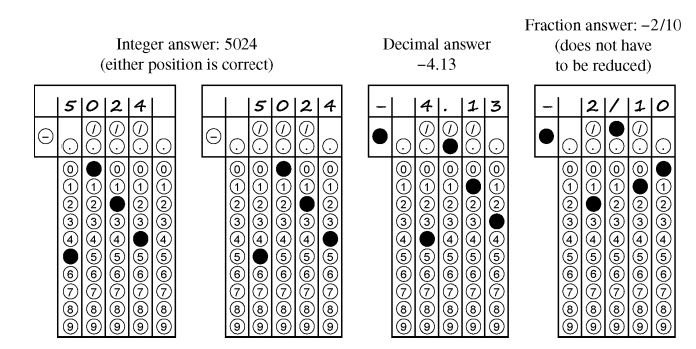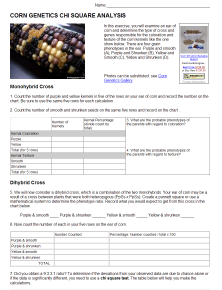The AP biology test is administered in the spring and can be a very intense tests for students. If you teach AP Biology, you’ve probably been including things in the curriculum to help students be successful on this test. The test also involves math calculations, where students must solve a problem and use a bubble form to pencil in a number that matches their solution.
In this case, the path they took to find the solution doesn’t matter, just that they came up with the right number (in some cases, a range is acceptable.)

Based on the problems shown in the practice exam and the equation sheet they are given, they are likely to encounter a Chi Square Analysis problem. I have several activities to help students with this concept, mostly included within the genetics unit, but Chi Square can be used in statistical analysis in other areas.
Presentation on Chi Square Analysis
I usually start with a powerpoint presentation which explains the purpose of chi square analysis in very simple terms, in fact, it is a story about tiger cubs at a zoo and why half of the cubs in a litter are albino.

After students get this introduction to chi square, I ask them to do an activity on corn genetics. This occurs after students have learned about dihybrid crosses and basic Mendelian genetics. In this activity they must use a statistical analysis (chi square) to support the hypothesis that parents of the corn were both hybrids (AaBb x AaBb).
The expected phenotypes on this cross would be 9:3:3:1, and after counting the kernels, students discover that the actual counts are close. Of course, to support your hypothesis, a chi square value must be greater than 5%. This first activity walks students through every step of the formula and how to determine if the data is a good or a poor fit.
If you don’t have access to the corn, you can substitute with this activity that uses candy, and a hypothesis that candy colors are evenly distributed.
Finally, I assign a set of chi square practice problems which has very little guidance on how to set up the equations. The problem set also shows the chi square analysis is not limited to genetic studies and can be used any time you need to determine if there is a statistical difference between two groups.
Hopefully, after this series of activities, your students will be confident in solving chi square problems. Don’t forget to remind them that they do not need to memorize the equation!

